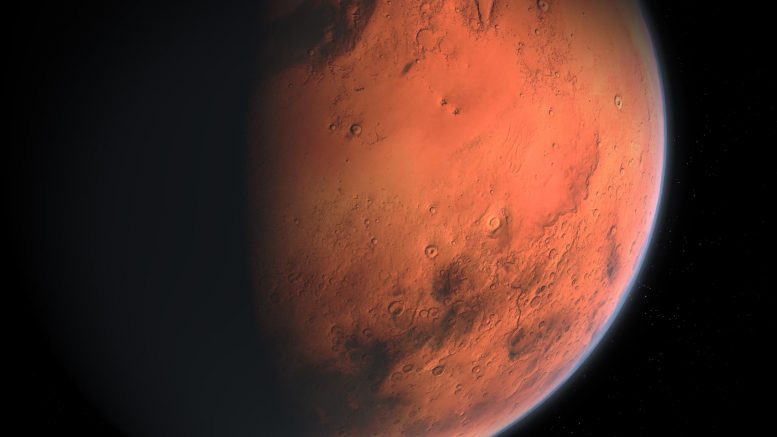
The findings demonstrate how planetary seismology can be used to identify sources of seismic activity.
These craters provide fascinating clues regarding the formation and evolution of the planet’s interior and atmosphere.
Four new craters created by impacts on the surface of Mars were discovered by an international team of scientists working with NASA’s InSight mission. The team was able to calculate and confirm the impact locations using information from a seismometer and images obtained from the Mars Reconnaissance Orbiter. This is the first time scientists have been able to capture the dynamics of a Mars impact. The findings were recently published in the journal Nature Geoscience.
“Meteoroids and other projectiles in space can change the atmosphere and surface of any planet through impact,” said University of Maryland Geology Associate Professor Nicholas Schmerr, a co-author of the paper. “We’ve seen this on Earth, where these objects can hurtle through the atmosphere, hit the ground, and leave behind a crater. But before this, we’ve never been able to capture the dynamics of an impact on Mars, where there’s a much thinner atmosphere.”
When space projectiles penetrate the planetary atmosphere and strike the ground, they produce acoustic (sound waves that travel through fluid or gas) and seismic waves (waves that travel through a solid medium). Schmerr and his colleagues on InSight utilized these waves, which were measured by the SEIS (Seismic Experiment for Interior Structure) instrument on InSight, to determine the approximate positions of the resulting impact sites while observing the peculiar physics that controlled the projectiles’ movements. After that, the researchers confirmed the locations and accuracy of their models by comparing their estimates to images captured by high-resolution cameras.
These results show sources of seismic activity may be determined using planetary seismology, which is the study of earthquakes and associated events like volcanic eruptions. According to Schmerr, this ability may help researchers measure how often new impacts occur in the inner solar system, where both Mars and Earth reside—an observation essential to understanding the population of near-Earth objects like asteroids or rock fragments that may pose a danger to Earth.
Additionally, using images to determine the precise location of these impacts makes their associated acoustic and seismic waves invaluable for studying the Martian atmosphere and interior. With a better understanding of marsquake locations, scientists will be able to gather essential information about the planet, such as the size and solidity of its core or its heating processes. Geophysicists like Schmerr anticipate that new advances in planetary seismology will allow them to better investigate underlying tectonic activities and other sources of seismic activity within Mars. The findings ultimately bring researchers another step closer to understanding planetary formation and evolution.
“Studying how impacts work on Mars is like opening a window into the fundamental processes of how terrestrial planets form,” Schmerr said. “All inner solar system planets share this commonality, including Earth.”
NASA’s InSight is a robotic lander designed to study the interior structure of Mars. Active since 2018, the lander is expected to continue the InSight mission until its ability to gather solar power is fully depleted.
Reference: “Newly formed craters on Mars located using seismic and acoustic wave data from InSight” by Raphael F. Garcia, Ingrid J. Daubar, Éric Beucler, Liliya V. Posiolova, Gareth S. Collins, Philippe Lognonné, Lucie Rolland, Zongbo Xu, Natalia Wójcicka, Aymeric Spiga, Benjamin Fernando, Gunnar Speth, Léo Martire, Andrea Rajšić, Katarina Miljković, Eleanor K. Sansom, Constantinos Charalambous, Savas Ceylan, Sabrina Menina, Ludovic Margerin, Rémi Lapeyre, Tanja Neidhart, Nicholas A. Teanby, Nicholas C. Schmerr, Mickaël Bonnin, Marouchka Froment, John F. Clinton, Ozgur Karatekin, Simon C. Stähler, Nikolaj L. Dahmen, Cecilia Durán, Anna Horleston, Taichi Kawamura, Matthieu Plasman, Géraldine Zenhäusern, Domenico Giardini, Mark Panning, Mike Malin and William Bruce Banerdt, 19 September 2022, Nature Geoscience.
DOI: 10.1038/s41561-022-01014-0
This work was funded by NASA, the French Space Agency SNES and ANR, the UK Space Agency, IdEx Université de Paris, and the Center for Space and Earth Science of Los Alamos National Laboratory. This story does not necessarily reflect the views of these organizations.

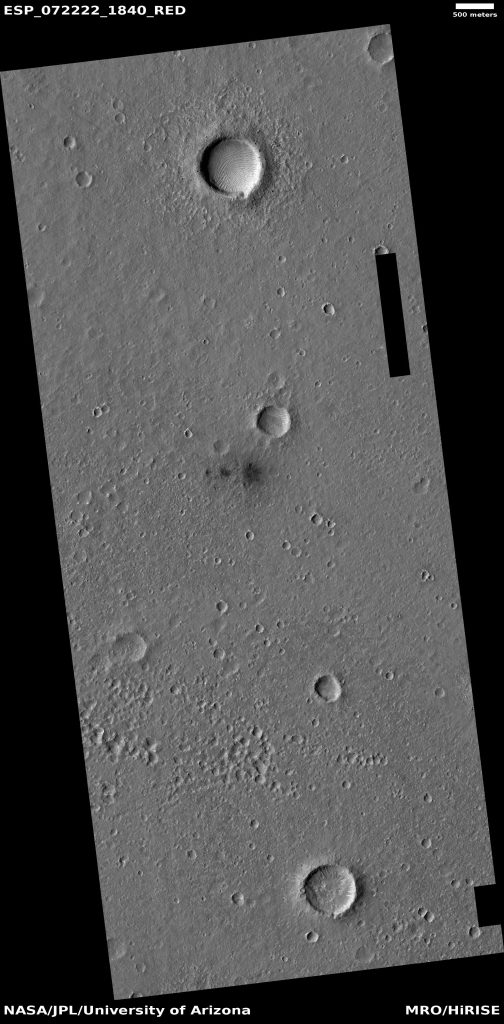
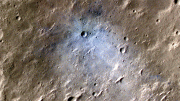
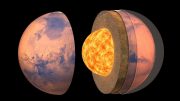
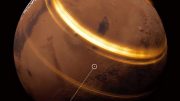

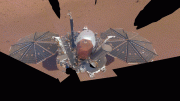
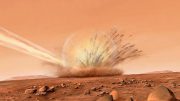
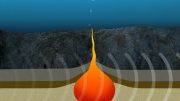
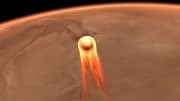
Be the first to comment on "Newly Formed Craters Located on Mars"